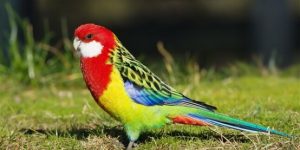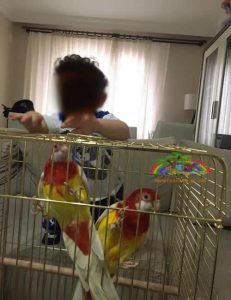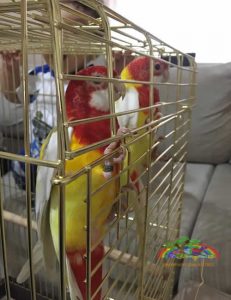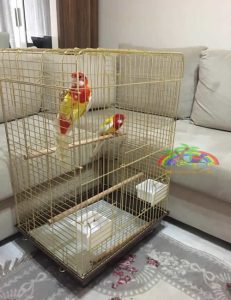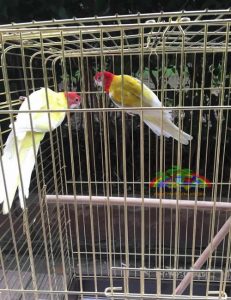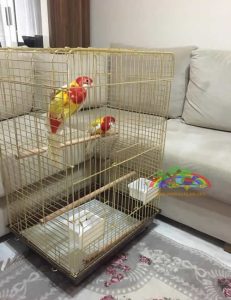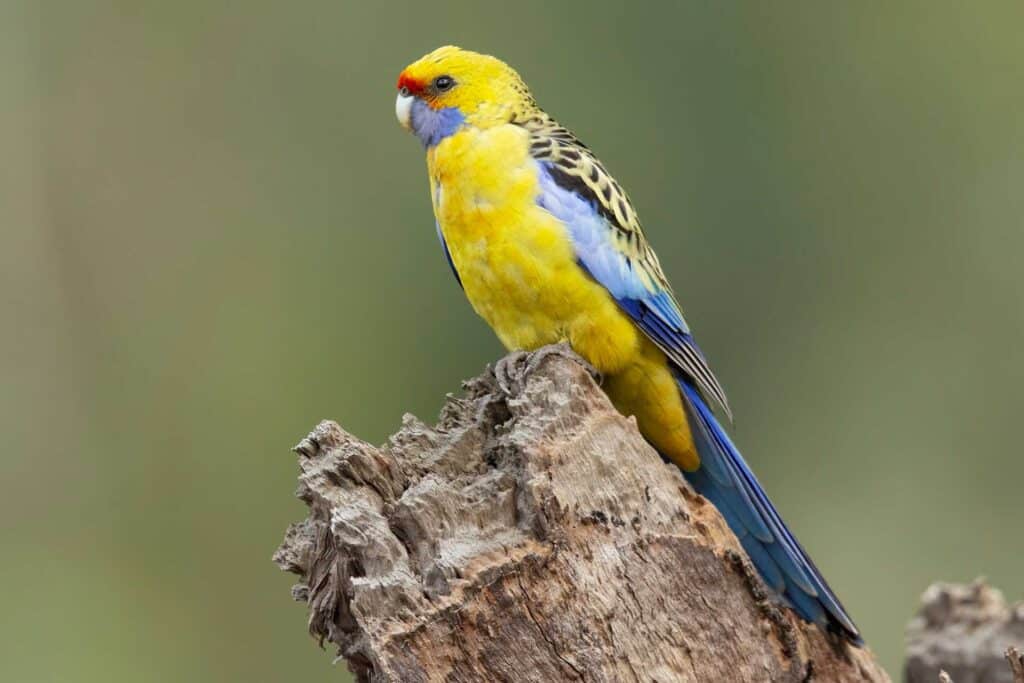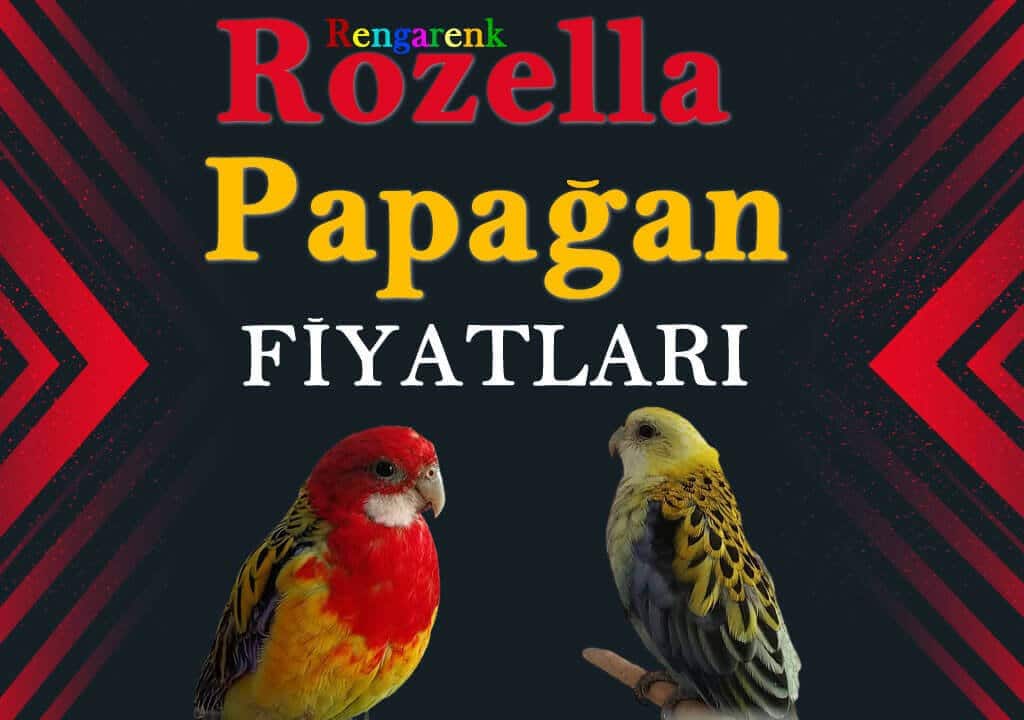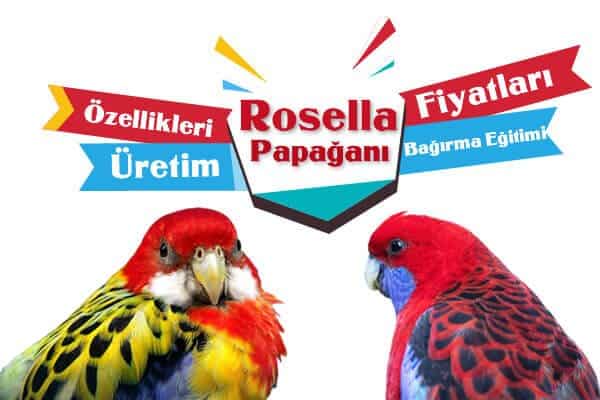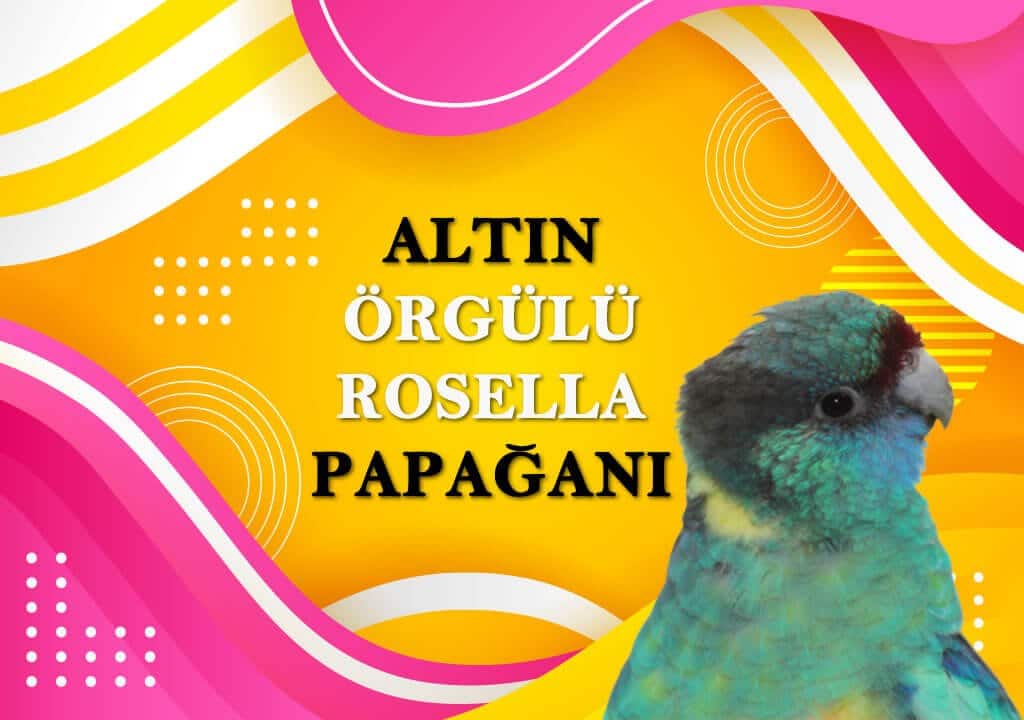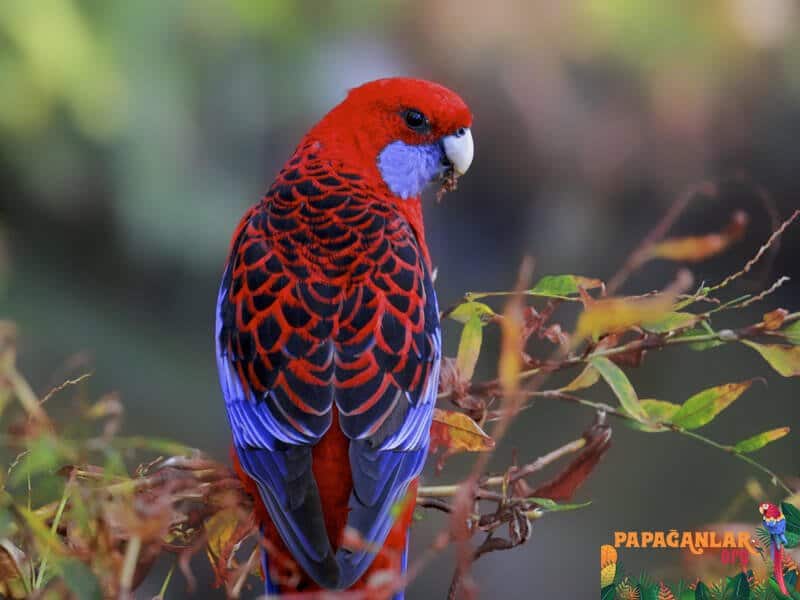Blog
Rosella Parrot
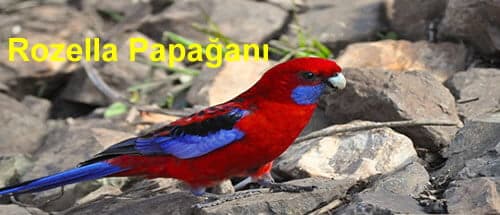
Australian rosellas are a common breed among parrots. Long ago, budgerigars were also considered to be in the rossela family, but research over the years has separated the budgerigars from this group and treated them as a family in its own right.
Although this parrot group, whose general names are called rosella in English, is small in itself, the number it contains is too large to be underestimated.

Scientists remained hesitant about this group for a long time, and they had differences of opinion. As a result of the researches, the systematization accepted as belonging to this group is briefly as follows.
Class: Birds-parrots (Psittaciformes)
Family: Platycercidae
Sub-Types
- Platycercinae
- neopheminae
- Lathaminae
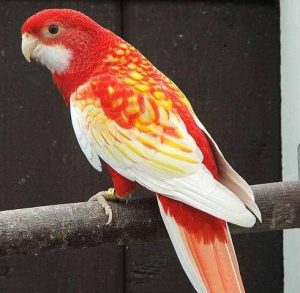
Platycercinae Species
– Barnardius
Sub-Types:
- Barnardius barnardi
- Barnardius zonarius
– Cyanoramphus
Sub-Types:
- Cyanoramphus auriceps
- Cyanoramphus novaezelandiae
- Cyanoramphus unicolor
– Eunymphicus
Subtype:
- Eunymphicus cornutus
– Layardiella
- There are no known subspecies.
– Platycercus
Sub-Types:
- Platycercus Adeleidae
- Platycercus caledonicus
- Platycercus elegans
- Platycercus eximius
- Platycercus flaveolus
- Platycercus icterotis
- Platycercus venustus
– Prosopeia
Sub-Types:
- Prosopeia personata
- Prosopeia splendens
- Prosopeia tabuensis
– Psephotus
Sub-Types:
- Psephotus chrysoptergius
- Psephotus dissimilis
- Psephotus haematogaster
- Psephotus haematonotus
- Psephotus pulcherrimus(bu türün nesli tükenmiş olarak biliniyor)
- Psephotus varius
– Purpureicephalus
Sub-Types:
- Purpureicephalus spurius
The most distinctive aspects of the Rosella species, which are considered to be common features; It is a scaly color distribution of yellow, green, red or vice versa in black, black-brown hairs on the back. Likewise, white, yellow or blue cheek moles on the cheeks are also a common feature of this species. This species is also known for opening its tail feathers like a fan during the mating period and shaking it left and right. Their long tails, which are stepped and the longest of which consists of 4 species of equal size, do not narrow towards the tip as it normally does, but remain wide in that way. They are in the group of medium-sized parrots, as they have sizes ranging from about 26 to 38. Although they mostly like to live together in large groups, some species are known to live in pairs and in smaller groups. All parrots of this species obtain their food by walking around on the ground and scratching. Their rather long legs make it much easier for them to walk on the ground in search of forage. They also have a striking ridge (notch) on their upper beak.
A Brief History of the Rosella Parrot
18th century Platycercus species were brought to Europe in the middle of nowhere. They were produced successfully in some exotic gardens, first in England (London), and later in individual keels. With its excellent color ammonies and non-irritating voices, it was soon accepted by many parrot-loving fan bases. They could be easily accommodated in open keels with a separate compartment prepared against the danger of frost all year round. In order to prevent aggressive behavior that may occur only during the mating period, it was sufficient for production to be separated on a pair basis. In their natural habitats, they live separately from the herd during mating periods.
Living Areas of Rosella Parrots
Rosellas are widely distributed throughout the Australian continent and their habitats range from open and arid savannas to coastal forests in the west to mangrove forests in the north. It is known that in some species, it determines parks and gardens in urban areas as habitat.
The natural habitats of the species can be listed as follows;
Platycercus Eximius: Australia, South New South Wales, Victoria and Southwestward South-Australia
Platycercus Elegans: coastal areas of eastern and southern Australia
Paltycercus Flaveolus:Australia, Southern New South Wales
Platycercus icterotis: Southwest Australia
Platycercus Adeleidae : South Australia and city of adeleidae
Platycercus venustus: Australia, the area around North Kimberly and the northern lands
Platycercus caledonicus : They are common in Tasmania and the surrounding islands, especially in the northern and northeastern parts.
Platycercus adscitus: Australia, Queensland and northern New South Wales
Feeding Patterns of Rosella Parrots in the Natural Environment
All parrots of this species obtain their food by walking around on the ground and scratching. They forage in steppes and steppes and sometimes in forested areas. Grass seeds, berries, fruits (especially apples), flower and flower seeds, nectar, vegetable plants, tree (especially eucalyptus and acacia) and shrub seeds, buds and insect larvae are the main ones they eat. In particular, it has been determined as a result of researches that almost 50% of the daily feed needs consist of insect larvae.
Behavior Patterns of Rosella Parrots in Natural Life
Rosellas are very active, energetic parrots. They spend most of the day on the ground foraging and travel long distances. They have a durable structure against environmental conditions and climatic conditions. As long as it is not excessive, they can easily survive outside, even in snowy weather. It has been observed that they generally coexist peacefully with other species except during the breeding season. Apart from his own family; but it is frequently seen that they come together during mating period with their congeners in the same family or subfamily. Although it is a tiresome subject for researchers in terms of conclusive and determination of species, unfortunately this is an unavoidable event. Since they like to eat fruit, they frequently visit the surrounding orchards and damage them. This causes them to hunt. In fact, it is one of the factors that play an active role in the extinction of some species that are only in name today. Unfortunately, the urbanization efforts that have developed over time have narrowed their living spaces.
Reproduction of Rosella Parrots in the Natural Environment
Each species has some reproductive characteristics that actually differ from each other. However, since it will be difficult to deal with all of them individually here, we can state the following in general terms. They are species that incubate several times a year and raise many offspring in a healthy way. They mostly make their nests in tree cavities and cavities.
In general, their brood consists of 2 to 9 eggs. The incubation period also lasts for an average of 3 weeks. When the chicks hatch, they are fed by their parents for about 5 weeks and leave the nest.
It has been observed that they are generally aggressive during the breeding period and do so with their mates in tree cavities and live separately from other parrot groups in their nests. It is also among the data that during this period, when there is an intervention that disturbs the couple, tough fights are experienced.
Grooming Rosella Parrots as Pets
The first advice to be made to people who will buy Rosella would be to pass their pets for parasite care immediately. Since Rosella parrots are ground-feeding species, they often develop internal parasites. This is an important situation that needs to be taken care of.
Among the Rosells there are 4-5 species that have been widely adopted by humans. They are also among the popular parrots because of their magnificent-looking and eye-catching colors. Compared to other parrots, they do not have an annoying voice. This is one of the reasons why they are preferred. They have a life expectancy of 15-20 years in a cage environment when well cared for. However, it should be noted that the trainability of Rosellas is very low. They are not generally a training-oriented species. They like to be left on their own. It is not a behavior seen in them that they scratch each other and clean their feathers, which we are accustomed to in other species. In this case, it is already known as one of the difficulty factors in getting used to it. It takes a long and difficult process for them to get used to the people they live with. They display a timid and distrustful attitude towards every innovation or new person they come across. As we mentioned at the beginning, because they are a very active species, keeping them in existing cages sold in the market would mean torturing them. It can be explained as “Cast the Tiger” so to speak. In this situation, they like to be in constant motion during the day, except for short rest periods during the day. Their gnawing instincts are highly developed. For this reason, instead of classical perches in their shelters, they should definitely be kept quite wide by jumping over them in different ways, so if you decide to feed rosella, you should definitely choose a room type keel that offers a wider area instead of a cage. Since they are resistant to climatic conditions, if there is a danger of freezing in your current climate, it is a species that you can breed and feed very easily in external keels with a small shelter as a precaution. The only thing you need to pay attention to when you decide to make an external release is that you have a release model that can separate the spouses from each other in a way that does not cause problems during the production period. If your rosella will be housed in external releases, it is important for your health to spray internal parasites at least twice a year.
Rosellas; It is the same as the middle parrots in the cockatielParrot species in terms of nutrition. While feeding them, you can get ready-made medium parrot group feeds sold in the market. However, you must also give your Rosella fruits and germinated seeds, especially apples. In addition, due to their feeding habits, they consume up to 50% of insect and insect larvae in their natural environment during the day. In pet care, it is necessary to ensure that they receive this food at least in the form of ready-made feeds in the market.
Types of Rosella Parrots in Brief
Height: Around 32 cm, females are slightly smaller than males.
Color : Head, neck and chest feathers are red. There are prominent, white moles on the cheek. The lower body is greenish-yellow, the back feathers are black and the upper part is greenish-yellow scaly. It also has yellowish-green feathers on the coccyx. Wing feathers and tail feathers are blue. The feathers that cover the underside of the tail are red in color.
The distribution of color in females is the same. But in females, the body part looks more petite than the male. In addition, the head and beak part are also smaller than the male bird. The white color on the cheeks of females is not completely white as in males, but in a less pronounced white tone.
Height: It is around 33-36 cm.
Color : Distinctive and vivid red (Scharlach Reddish) is the main color. Tail feathers, cheek moles and wing feathers are predominantly blue. The back feathers are black with red scales on top. It has a strong beak and head structure. Females have the same coloration. But the head and beak structures are more delicate and smaller.
Height: It is about 34 cm.
Color : Their main color is yellow. Cheek moles, wing feathers and tail feathers are blue in color. The top of the head (forehead area) is red, the back feathers are black with light yellow scales. Colors in females are paler and duller than in males. In addition, beak and head shapes are smaller compared to males.
Height: It is around 28 cm.
In males, the head and underbody feathers are red, and the cheek moles are dark yellow. The back feathers are green on black and have a scaly appearance. In females, the hairs on the forehead area on the head are red. The head and lower body part are in the form of a mixture of red and green tones.
Height: It is about 35 cm.
Color : The lower part of the body is red (hyazinth red), the red tone in the abdomen is lighter and yellow tones seem to be mixed. Cheek moles are blue in color. The back feathers are scaly in yellow tone. In females, in the same tones; but the head and beak shapes are smaller.
Height: It is about 29 cm.
Color : The head is black, the cheeks are white (blue on the lower edge). Back feathers are black with yellow scales. The tail feathers are red and the underside is blue. The difference in females is that the hairs on the head are more matte and black.
Height: Approximately 26 cm.
Color : The feathers on the head are yellow, the feathers on the forehead are red, the wing feathers and cheekbones are blue. The feathers towards the coccyx are green in color. In females, the red part on the forehead is narrower than in males. Head structure is smaller. The color of the feathers on the lower part of the body is also in lighter tones compared to the males.
Height: It is around 33cm.
Color : The feathers on the head are yellow and the cheeks are whitish. The feathers on the back have a scaly appearance in golden yellow on black. The lower body part is blue and the feathers towards the tailbone are bluish. The colors of the females are in the same tones. But in general, their size is more petite and delicate than the male. Heads are smaller. Their colors are not bright as in men, but more matte.




